Nature Chemistry




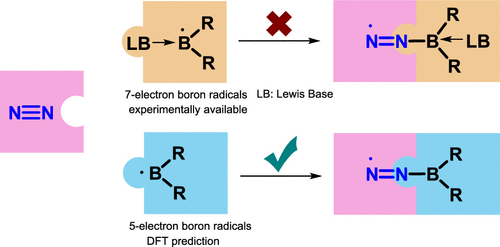
Due to the high bond dissociation energy (945 kJ mol–1) and the large highest occupied molecular orbital–lowest unoccupied molecular orbital (HOMO–LUMO) gap (10.8 eV), dinitrogen activation under mild conditions is extremely challenging. On the other hand, the conventional Haber–Bosch ammonia synthesis under harsh conditions consumes more than 1% of the world’s annual energy supply. Thus, it is important and urgent to develop an alternative approach for dinitrogen activation under mild conditions.
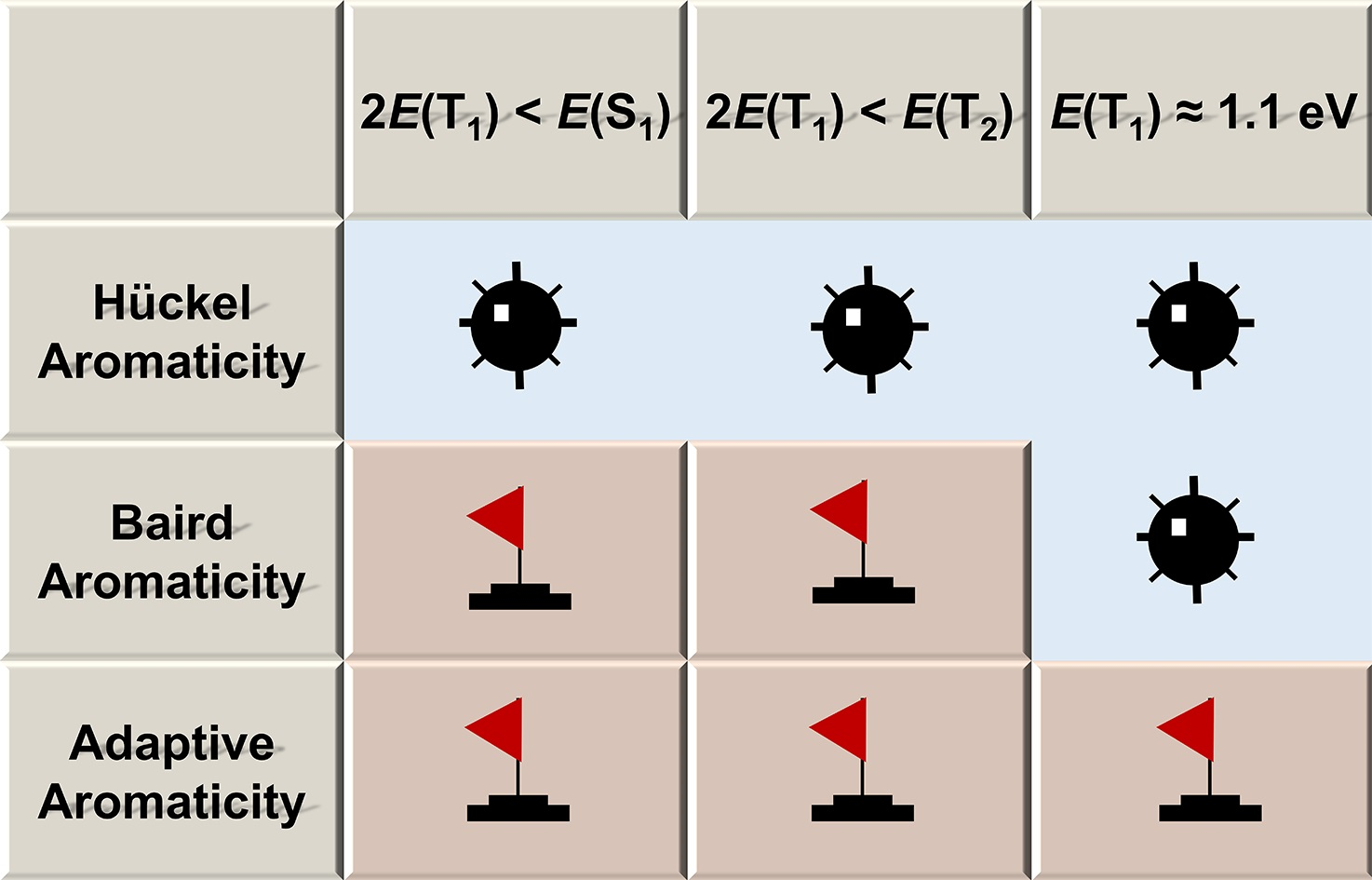
Singlet fission has attracted extensive attention from experimentalists and theoreticians due to its ability to improve photovoltaic conversion efficiency. Still, designing singlet fission materials remains challenging. In this work, we explored the relationship between adaptive aromaticity and singlet fission potentials by computationally screening the adaptive aromatic species reported by our group.
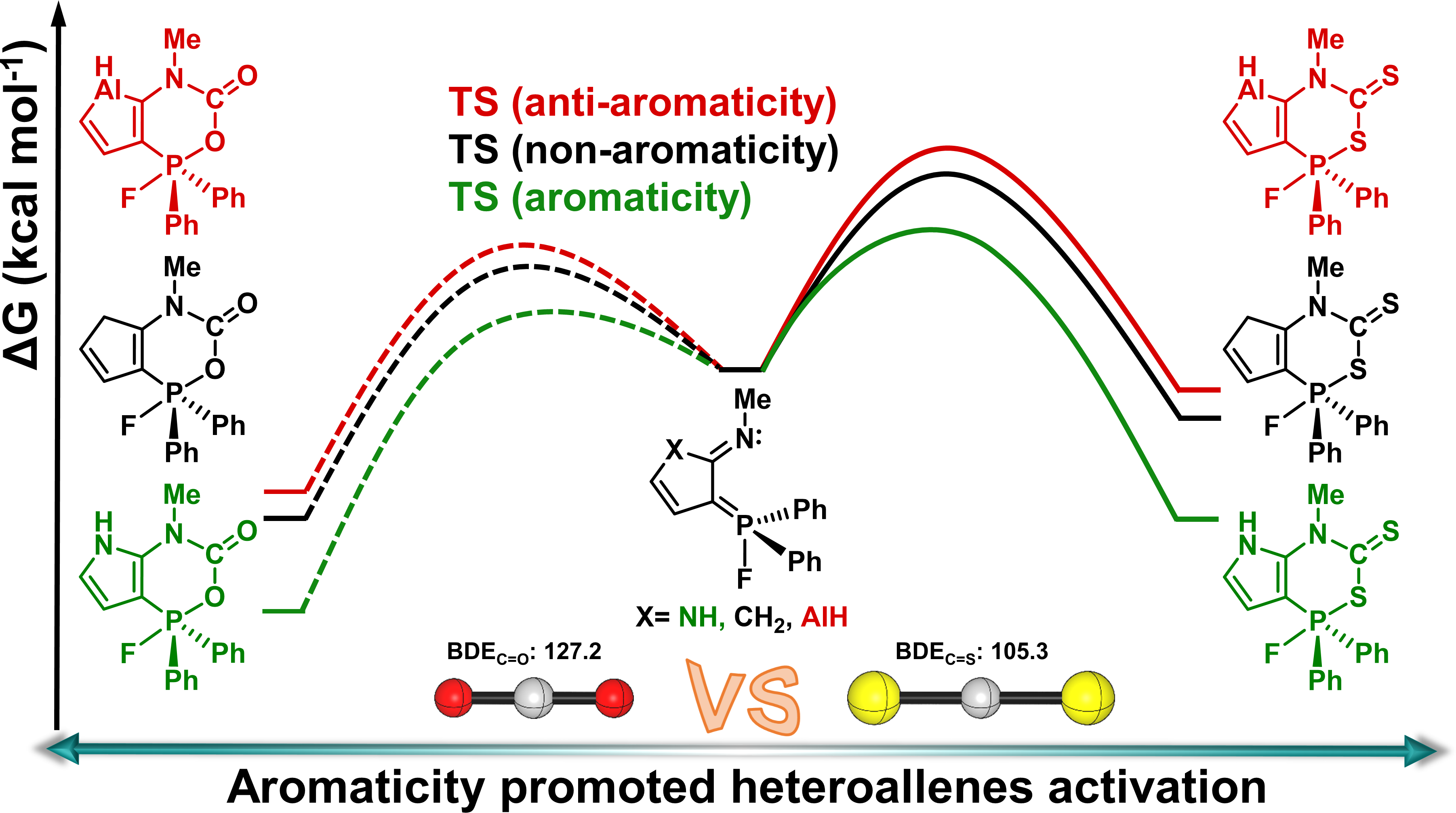
Carbon dioxide (CO2) capture has attracted considerable attention from both experimental and theoretical chemists. In comparison, Carbon disulfide (CS2) activation is less developed. Here, we carry out a thorough comparative density functional theory study to examine the reaction mechanisms of CS2 activation by five-membered heterocycles-bridged P/N frustrated Lewis pairs (FLPs).
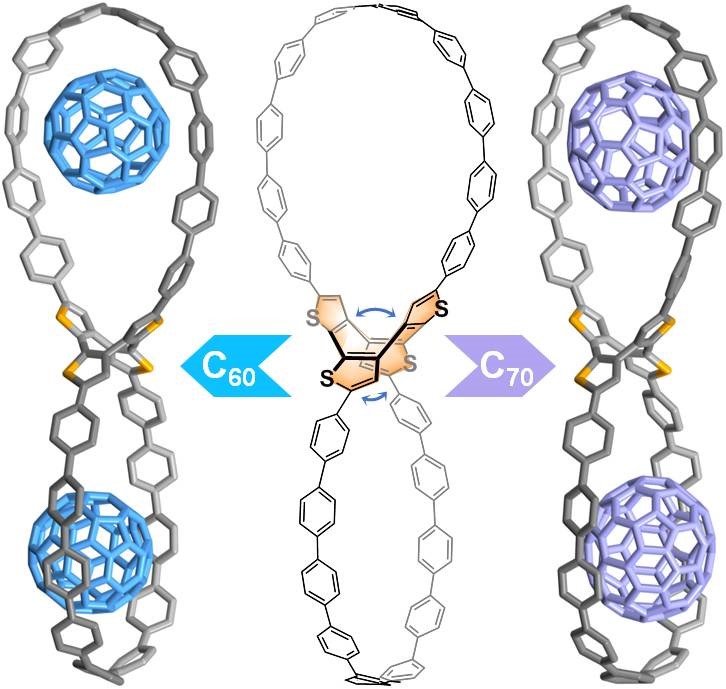
A fully conjugated figure-of-eight nanohoop is presented with facile synthesis. The molecule’s lemniscular skeleton features the combination of two strained oligoparaphenylene loops and a flexible cyclooctatetrathiophene core. Its rigid yet guest-adaptive cavities enable the formation of the peanut-like 1:2 host-guest complexes with C 60 or C 70 , which have been confirmed by X-ray crystallography and characterized in solution.

The monoatomic zero-valent tin complex (stannylone) {[Si II (Xant)Si II ]Sn 0 } 5 stabilized by a bis(silylene)xanthene ligand, [Si II (Xant)Si II = PhC(N t Bu) 2 Si(Xant)Si(N t Bu) 2 CPh], and its bis-tetracarbonyliron complex {[Si II (Xant)Si II ]Sn 0 [Fe(CO) 4 ] 2 } 4 are reported. The stannylone 5 bearing a two-coordinate zero-valent tin atom is synthesized by reduction of the precursor 4 with potassium graphite.

According to Hückel’s and Baird’s rules, cyclic species are generally aromatic only either in the lowest singlet state (S0) or in the lowest-lying triplet ππ* excited state (T1). Thus, species with aromaticity both in S0 and T1 states (termed as adaptive aromaticity) are particularly rare. Herein, we carry out density functional theory (DFT) calculations to examine the aromaticity of 16e metallapentalenes containing heteroatoms (N, O).
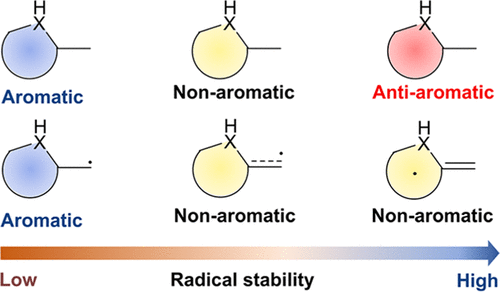
Aromaticity is a fundamental and important concept in chemistry, and usually, the enhancement of aromaticity brings additional thermodynamic stability to a compound. Moreover, since radicals can act as intermediates in chemical reactions, they have attracted considerable attention from both experimental and theoretical chemists for a long time. However, it remains unclear whether there is a relationship between the thermodynamic stability of cyclic planar radicals and their aromaticity.

Activating the C–F bond (the strongest σ bond to carbon) is particularly challenging, let alone in a selective fashion when a weaker C–H bond is present in the same species. Herein, we demonstrate a novel strategy to achieve a thermodynamically and kinetically favorable activation of the C–F bond over the C–H bond dually driven by coordination and aromaticity via density functional theory calculations.
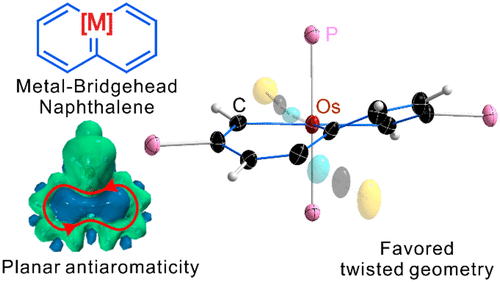
As a fundamental chemical property, aromaticity guides the synthesis of novel structures and materials. Replacing the carbon moieties of aromatic hydrocarbons with transition metal fragments is a promising strategy to synthesize intriguing organometallic counterparts with a similar aromaticity to their organic parents. However, since antiaromaticity will endow compound instability, it is a great challenge to obtain an antiaromatic organometallic counterpart based on such transition metal replacement in aromatic hydrocarbons.
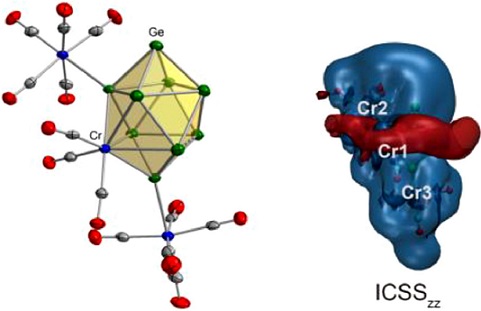
We report the first disubstituted hetero-ten-vertex closo cluster [(CrGe9)Cr2(CO)13]4- with three adjacent Cr(CO)n units adopting both η5 and η1 coordination modes, which was synthesized through the reaction of “KGe1.67” with (MeCN)3Cr(CO)3 and Cr(CO)6 in ethylenediamine (en) solution. In contrast to the η1-Cr atoms forming localized two-center two-elelctron (2c-2e) Cr-Ge bonds, the hetero atom η5-Cr exhibits versatile bonding mechanisms including three 5c-2e and five 8c-2e delocalized bonds which account for Hückel aromaticity.
Copyright © 2025,
Theme Originally Created by Devsaran
